Debunking 10 Japanese Culture Stereotypes in Anime: The Real Story

Anime has become increasingly popular worldwide, providing a colorful window into Japanese culture for many foreign viewers. However, some of the cultural depictions in anime are exaggerated or downright inaccurate. While anime takes creative liberties, it also perpetuates certain stereotypes about Japanese people and society.
Many anime series feature characters that embody supposed "Japanese" traits like being extremely polite, emotionally reserved, and deferential to authority. Other anime tropes include samurai lore, schoolgirls in mini skirts, and hyper-orderly cities covered in cherry blossoms. These stereotypical portrayals can lead to misconceptions about what Japan is really like.
In reality, Japan is a diverse nation filled with complex individuals. Modern Japanese culture has evolved beyond some of the outdated traditions commonly shown in anime. Additionally, Japanese people exhibit the full range of human personalities and behaviors. Anime offers a skewed lens on Japan.
This article will examine 10 prominent stereotypes about Japanese culture perpetuated by anime, providing context on how they either missed the mark completely or didn't really get the entire picture correctly. While anime takes artistic license, it’s important to understand the difference between fiction and reality.
Stereotype #1: Shy and Quiet
Discussion of the misconception that all Japanese people are shy and quiet
Many anime characters, especially anime girls, are portrayed as soft-spoken, reserved, and shy. However, this "quiet Japanese" stereotype does not accurately reflect the full range of real personalities in Japan.

It's true that being humble and not causing a scene are valued traits in Japan because it's considered a bad thing to stick out from the crowd. But this does not mean all Japanese people are inherently introverted or reluctant to speak up whenever something happens in front of them. Like any culture, Japanese people exhibit a spectrum of extroverted and introverted traits. In fact, even some Japanese variety shows or YouTube videos, show Japanese people being a lot more extroverted than they perceive.
Plenty of Japanese people, especially younger generations, are outspoken, opinionated, and even loud on certain occasions. Public debate and protests also occur in Japan, despite the stereotype of always being polite and quiet. Additionally, norms can relax in casual settings among friends. In fact, there are even rare occasions where younger Japanese people would be super open and conversational to others right off the bat, however; it mainly goes as follows: the longer and/or closer the relationship is, the more casual the mannerism would be.
While humility is culturally valued, it does not preclude having a strong personality or one of the main personality traits for Japanese people. Anime characters are often one-dimensional, but real people in Japan are complex and diverse just like everyone else in the world.
Stereotype #2: Stoic and Emotionless
Debunking the idea that Japanese people don't express emotions
Another common anime stereotype is the stoic character who rarely smiles or reacts strongly. This can lead to the impression that Japanese people are emotionless compared to more expressive cultures.

In reality, Japanese people certainly feel and display the full range of human emotions. Japanese culture does place more emphasis on emotional restraint and subtlety than some other cultures to mainly save face. But this does not mean emotions are suppressed or nonexistent. It tends to happen from certain anime characters that tend to be emotionless and cold-looking. Like they can't smile to save their lives.
For example, Japanese people may view overt public displays of anger, sadness, or affection as inappropriate and disrespectful to other people's opinions. Emotions are conveyed more subtly through tone of voice, facial expressions, and body language. But close friends still openly share emotions a lot easier compared to casual friends and even acquaintances.
Additionally, emotional restraint is situational. Japanese people loosen up and show more overt emotions in environments like sporting events, concerts, and drinking gatherings where it tends to be more casual than an average day. Anime frequently omits this range of human expression.
Stereotype #3: Samurai Lifestyle
Explanation of how anime sometimes portrays outdated aspects of Japanese culture
Certain anime series heavily feature samurai, ninja, geisha, and other elements of historical Japanese culture. While this anime genre offers a window into the past, it often exaggerates these outdated aspects of society.

Modern Japan still retains some old traditions, but pop culture tropes surrounding samurai are not an accurate depiction of current Japanese lifestyles. Very few Japanese people wear kimono daily or live in old-fashioned minka farmhouses.
While some anime nostalgically look to the past, contemporary Japanese culture is a mix of tradition and modernity. Japanese cities are ultra-modern landscapes filled with pop culture, technology, and fashion. Citizens lead urban lifestyles not drastically different from the West.
Focusing too much on anime set in historical Japan provides a limited view of what Japan actually looks like in real life. Modern anime featuring contemporary settings offers a more accurate cultural window for foreign viewers.
Stereotype #4: Orderliness and Conformity
Discussion of the misconception that all Japanese people are extremely orderly and conformist
Japan is renowned for orderly, clean cities and a conformist society. While it does show a positive light to not only Japan as a country, but in the world's view of Japan itself. However, anime takes this stereotype to the extreme by depicting hyper-organized people with little individuality.
In reality, Japanese society has rules and structure, but also diversity and self-expression that can be tolerable. While public spaces like trains and streets are clean and orderly, many neighborhoods and homes can be quite cluttered once you look closer and when you've been in Japan for quite some time.
Orderliness is valued, but Japanese people find ways to inject individuality into their lives just like everyone else in the world. Fashion, hobbies, and lifestyles vary greatly by subculture, generation, and personality. Rules exist but are not always followed strictly, especially among rebellious youth.
The seeming conformity also obscures complex social dynamics and unspoken tensions between groups in Japan. Anime depictions of ultra-orderly cities inhabited by conformist people are an oversimplification.
Stereotype #5: Humility and Deferring to Higher Status
Debunking the idea that Japanese people always defer to those of higher status
Hierarchy and deference to authority figures are often emphasized in anime. Characters show extreme humility and unquestioningly obey their superiors. This perpetuates perceptions of Japan as a rigidly hierarchical society.

In reality, while that kind of hierarchy still exists, it does not dictate social relations to such an extreme degree. Japanese people weigh hierarchy against other factors like individual preferences and interpersonal dynamics. Deference is situational.
For example, subordinates will not blindly follow orders they disagree with. Younger generations especially challenge traditional hierarchy. Additionally, close friends often interact casually regardless of status differences. Hierarchy shapes relations to an extent but does not determine how people interact.
The anime depiction of everyone strictly obeying hierarchical roles oversimplifies actual social relations in Japan. In reality, there is more flexibility.
Stereotype #6: Peaceable and Obedient Populace
Explanation of how anime exaggerates the obedience of the Japanese people
Anime scenes of characters respectfully listening to long speeches by villains or authority figures promote the stereotype of the Japanese as overly obedient and compliant. In reality, while respect for authority exists, people do speak up against injustice.

Modern Japan has a thriving democracy and active civil society. While not as individualistic as some societies, Japanese people will voice dissent through petitions, protests, strikes, and other means when sufficiently unhappy with authority.
Additionally, daily obedience is not absolute. Rules are sometimes bent or broken, disobeying their bosses and higher-ups, and people find subtle ways to resist oppressive power. The Japanese value social harmony, but are not just blindly compliant as exaggerated in anime.
Japanese citizens largely follow rules and norms, but this is based on a social contract where the system must also serve the people. Anime often focuses on obedience while ignoring the complexity of actual civic dynamics in Japan.
Stereotype #7: Lack of Individuality
Discussion of the misconception that Japanese people lack individuality
The stereotype of Japanese people as collectivist and conformist leads to perceptions that individuality is discouraged or even nonexistent in Japan compared to more individualistic cultures.

In reality, strong group consciousness does not preclude individual self-expression and identity. Japanese culture places importance on responsibility to the group but leaves room for individuality once group obligations are met.
Many Japanese people have vibrant creative lives through hobbies, fashion, and pop culture participation. Youth subcultures in particular create unique identities. There is pressure to conform, but also outlets for self-expression if done considerately.
The Japanese balance group orientation with individual identity. Anime often focuses on the collective aspect while ignoring the complex self-expression within Japanese culture.
Stereotype #8: Geisha Culture
Debunking the idea that all Japanese women are geishas
Some anime series heavily feature female characters as ninjas (or kunoichi for female ninjas) or geishas. While this offers a window into historical practices, it also promotes misconceptions that modern Japanese women are still bound by such roles.
In reality, the geisha profession isn't that common today compared to the last generation, relegated to small districts catering to tourists. Japanese women mostly lead urban lifestyles little different from their Western counterparts. Gender roles have modernized along with society.
However, inequality issues still exist in Japan. Focusing too much on anime geishas obscures the diversity of actual Japanese women's lives. Modern women drive culture through fashion, media, and other avenues, beyond outdated geisha stereotypes.
Stereotype #9: Martial Arts Mastery
Discussion of the misconception that all Japanese people are martial arts experts
Anime series focusing on samurai, ninjas or martial arts understandably depict disciplined warrior characters with exceptional fighting skills. However, this promotes the exaggerated stereotype that ordinary Japanese people are experts in karate, judo, or other martial arts.

While Japan does have a long martial tradition, most citizens today do not actively practice martial arts. It's not like all Japanese kids have to practice karate before they go to high school. Participation rates are declining among younger generations mainly because of different interests they have sooner or later in their lives. Martial arts have evolved into hobbies and sports, rather than being an integral part of most people's lives.
Martial arts play a ceremonial cultural role, but skills are limited due to pursuing to have a calm mind and refraining from violent behavior or using it for bad reasons. The anime fighter stereotype is largely an embellishment. While discipline and training are valued, modern Japanese lifestyles do not revolve around martial prowess that you've seen a lot from popular anime Shonen series.
Stereotype #10: Cherry Blossoms Everywhere
Debunking the idea that Japan is covered in cherry blossoms all year round
Cherry blossom scenes are an iconic anime trope, creating the impression that Japan is perpetually covered in beautiful pink flower blooms. When it comes to Japan and Japanese culture, cherry blossom tends to be the top 10 things foreigners think about at the top of their heads immediately. In reality, cherry blossoms only bloom for a short time each spring.

Cherry blossom season is culturally significant and celebrated in Japan. But anime exaggerates the scope. Cherry trees only bloom for about two to three weeks, mostly confined to parks and river banks, before falling. While it is beautiful to see the cherry blossoms, it tends to be super hard to see them in real life since everyone else would want to see them blossom and fall as well.
The rest of the year, cherry trees look like regular deciduous trees. While important symbolically, cherry blossoms are not an ever-present fixture of the landscape. Anime romanticizes their prominence to the max. They tend to use it whenever a new school year is starting (for example) or a romantic moment between two characters.
Cherry blossoms signify renewal, impermanence, and the cycles of life. But anime mythologizes them into an over-the-top national aesthetic that does not reflect the full diversity of Japanese landscapes and seasons.
Conclusion
Summary of the 10 false stereotypes about Japanese culture depicted in anime
Anime offers a compelling yet often exaggerated window into Japanese culture. Common stereotypes include reserved personalities, historical lifestyles, conformity, obedience to authority, and national aesthetics like cherry blossoms.
In reality, modern Japan is a diverse nation where individuals balance group orientation with self-expression. Hierarchy and harmony are valued but not absolute. Martial arts are ceremonial, not integral to everyday life.
While anime takes creative license, viewers should recognize where tropes diverge from reality. Japanese culture has evolved beyond some of its portrayal in anime. Understanding the complexities provides a more nuanced cultural view.
Anime holds the power to shape foreign perceptions of Japan: from the culture to the people. Appreciating its artistic liberties while researching modern Japanese lifestyles can lead to a more accurate cross-cultural understanding.












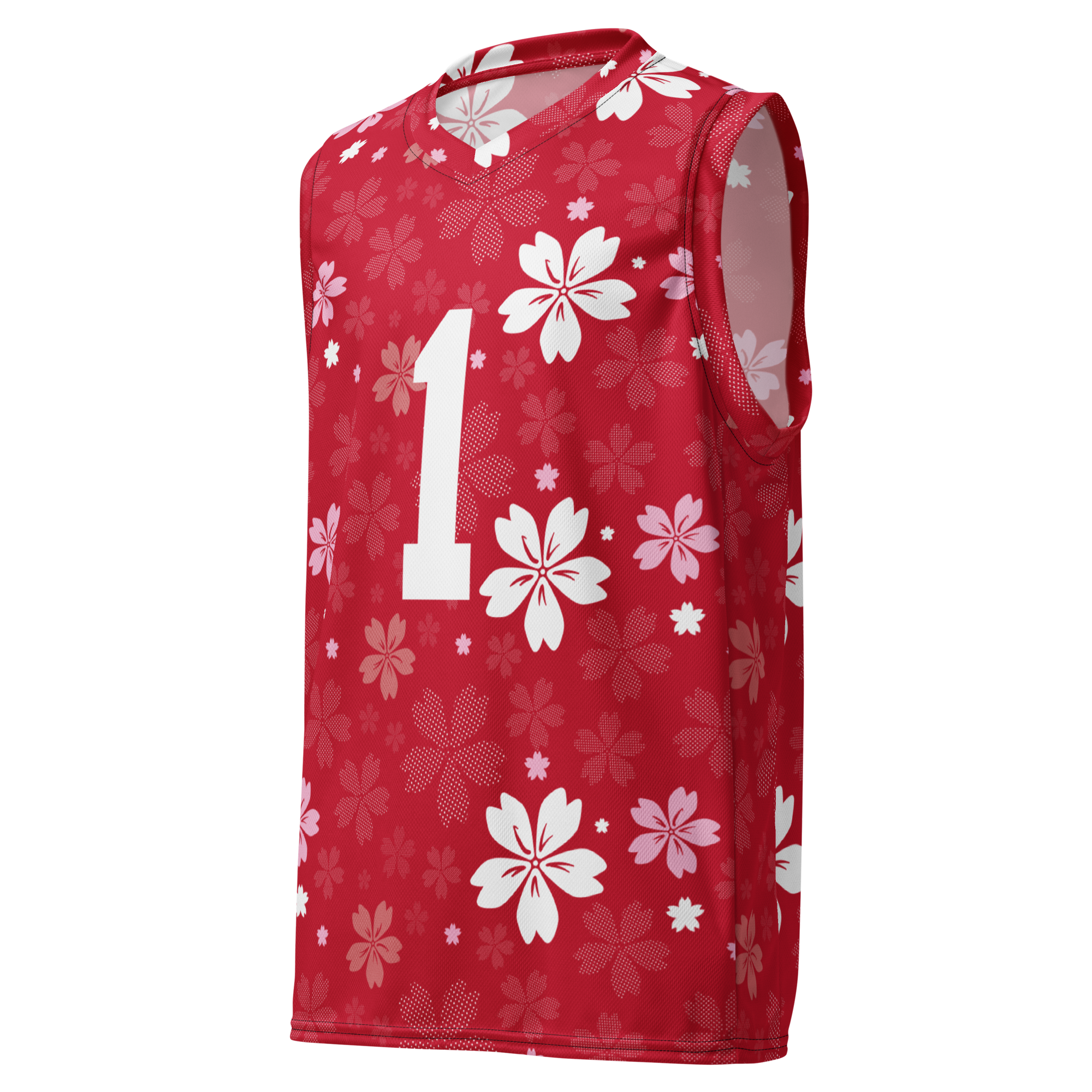
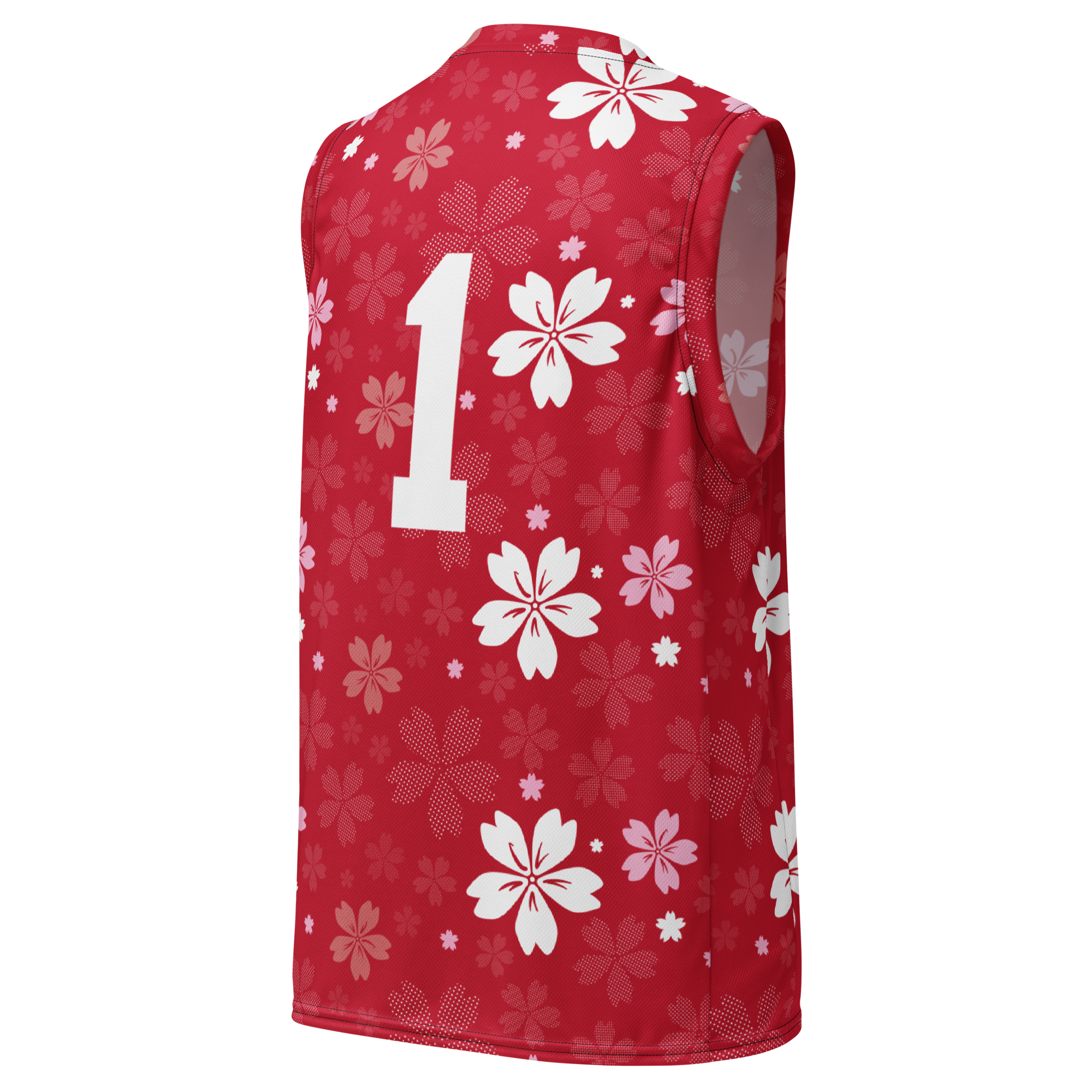
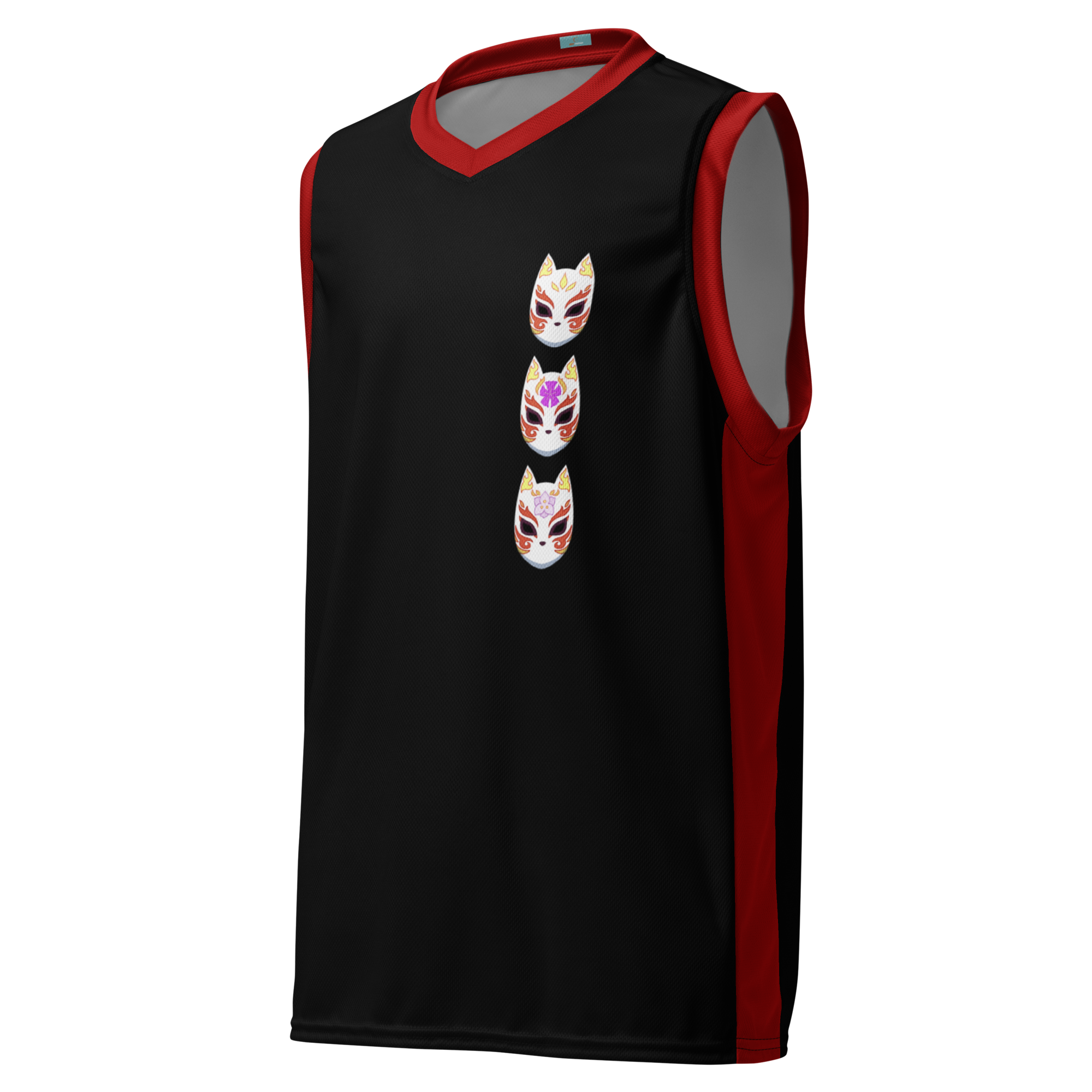



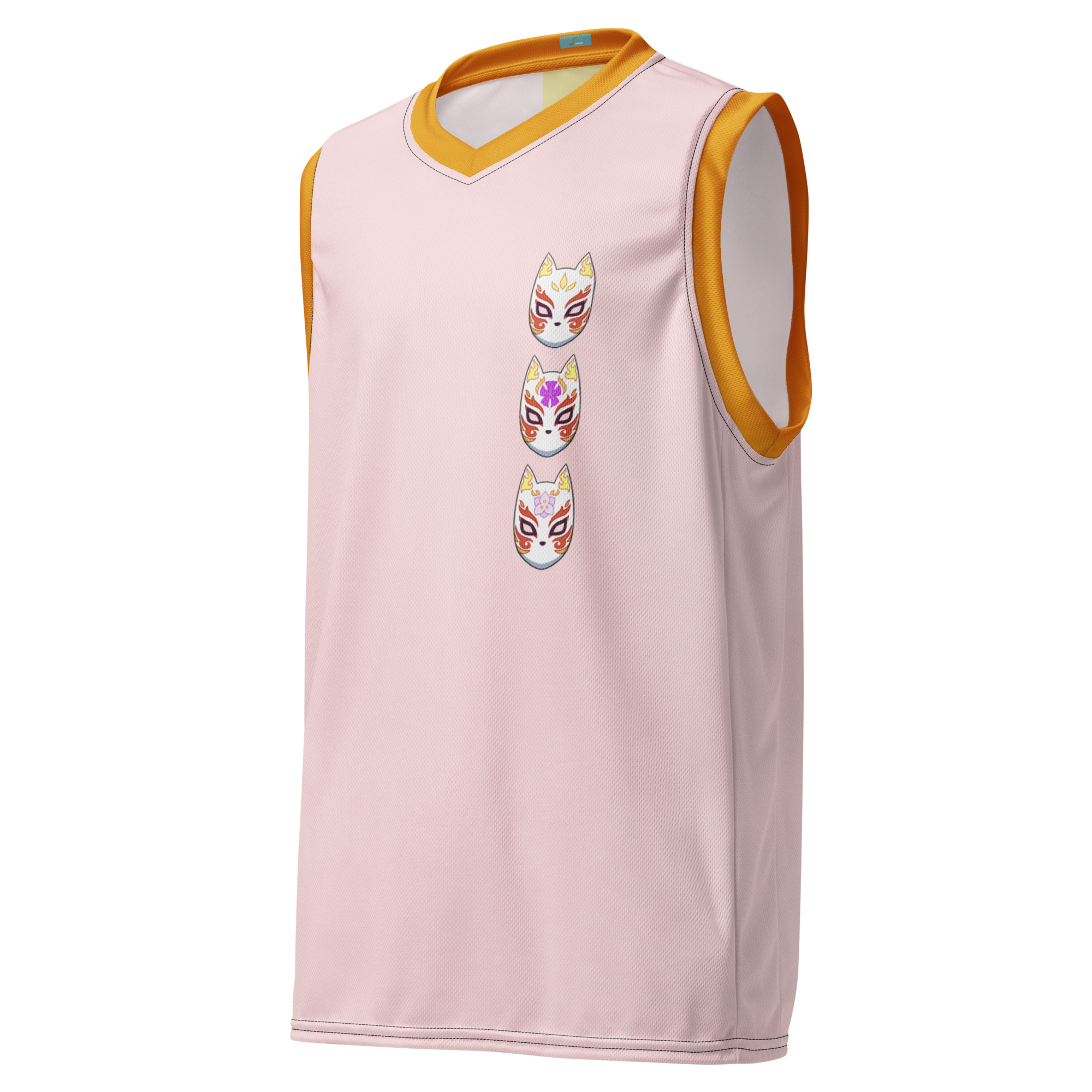

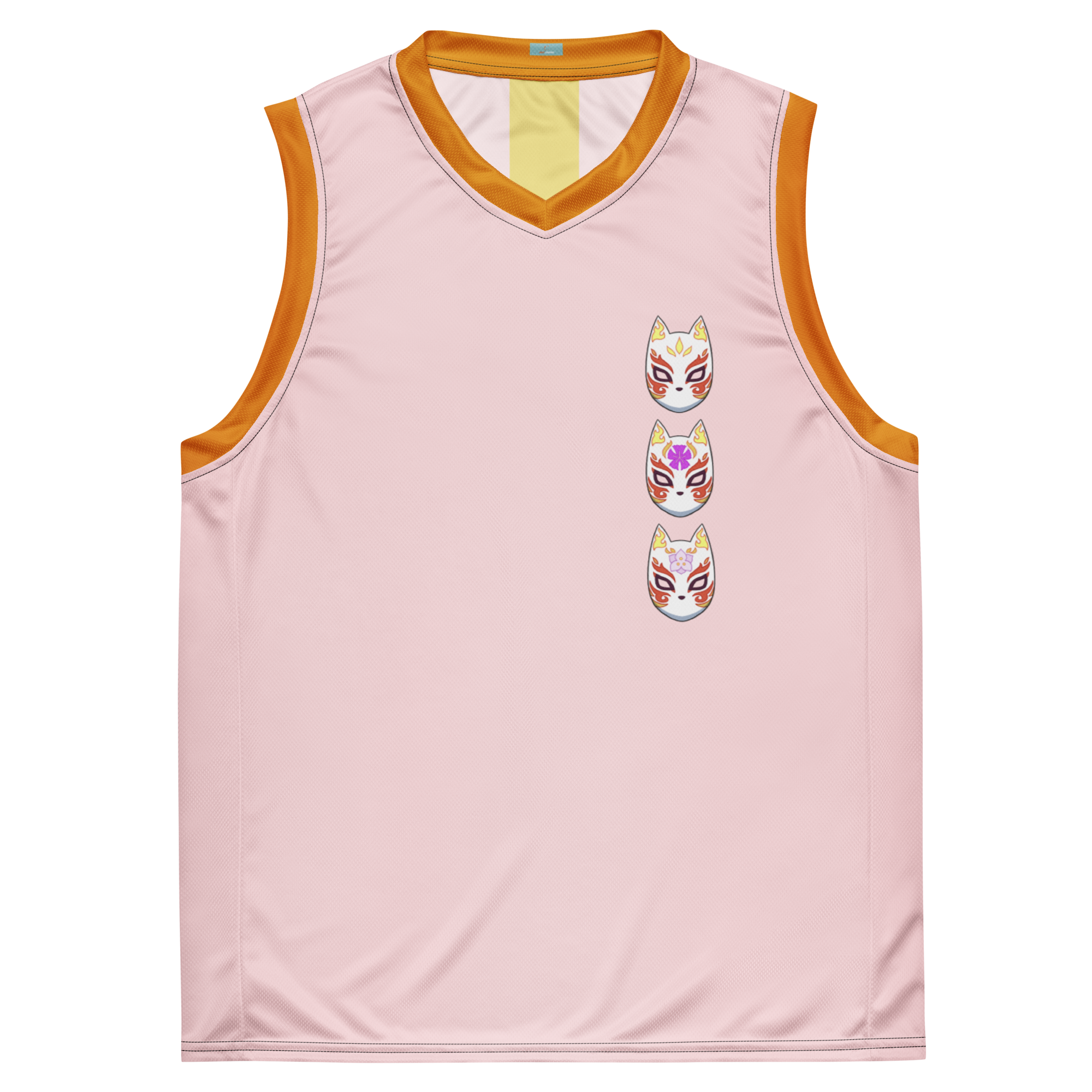

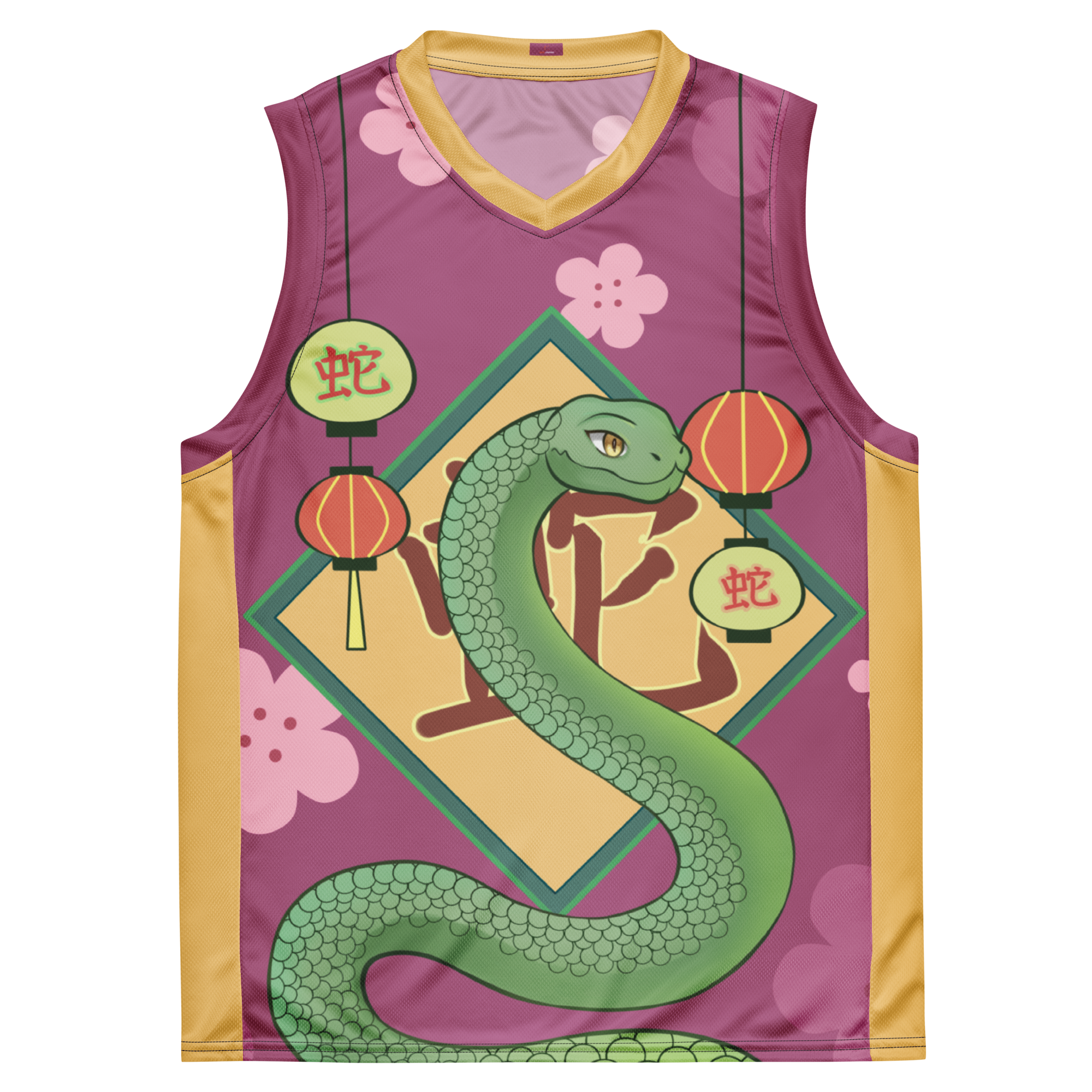
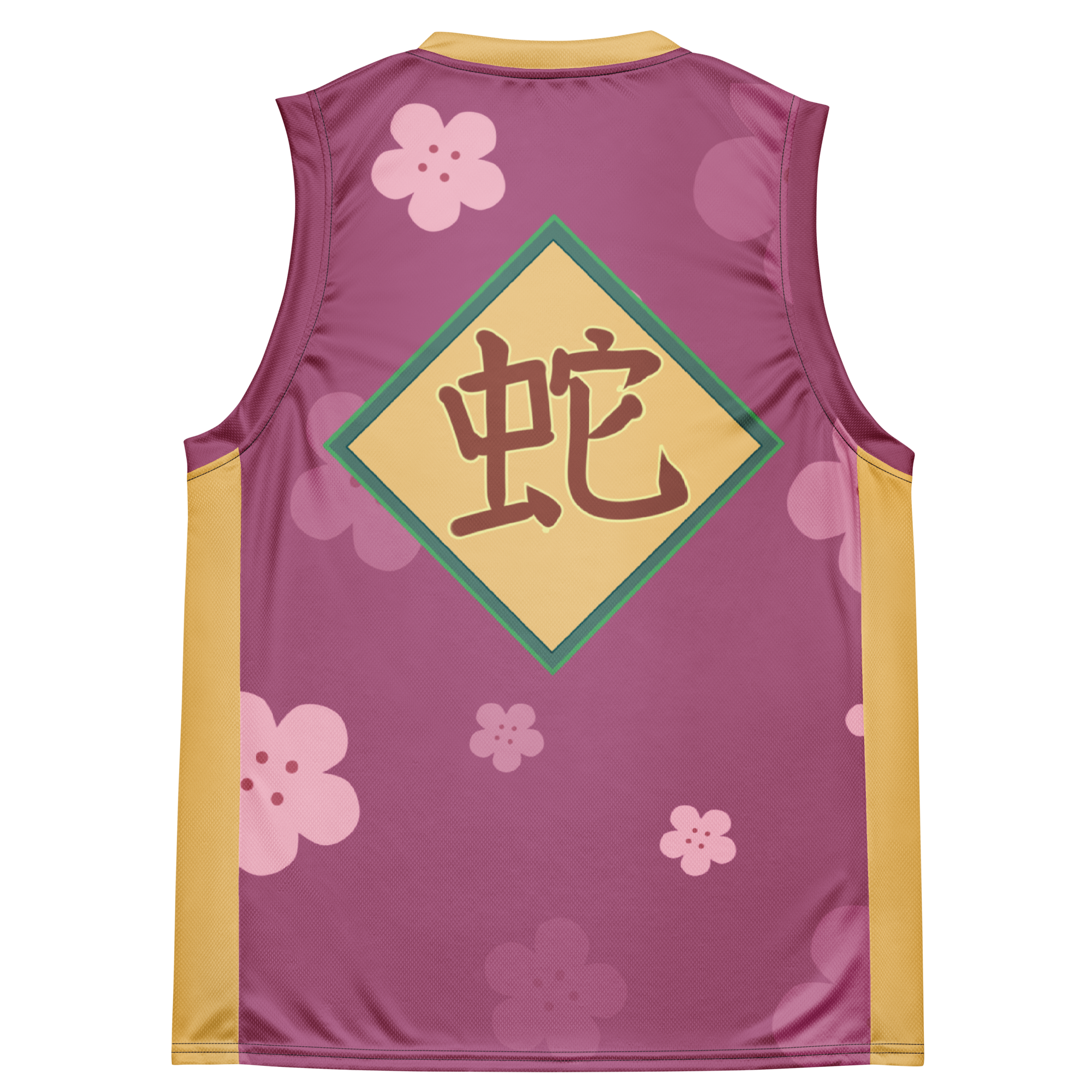
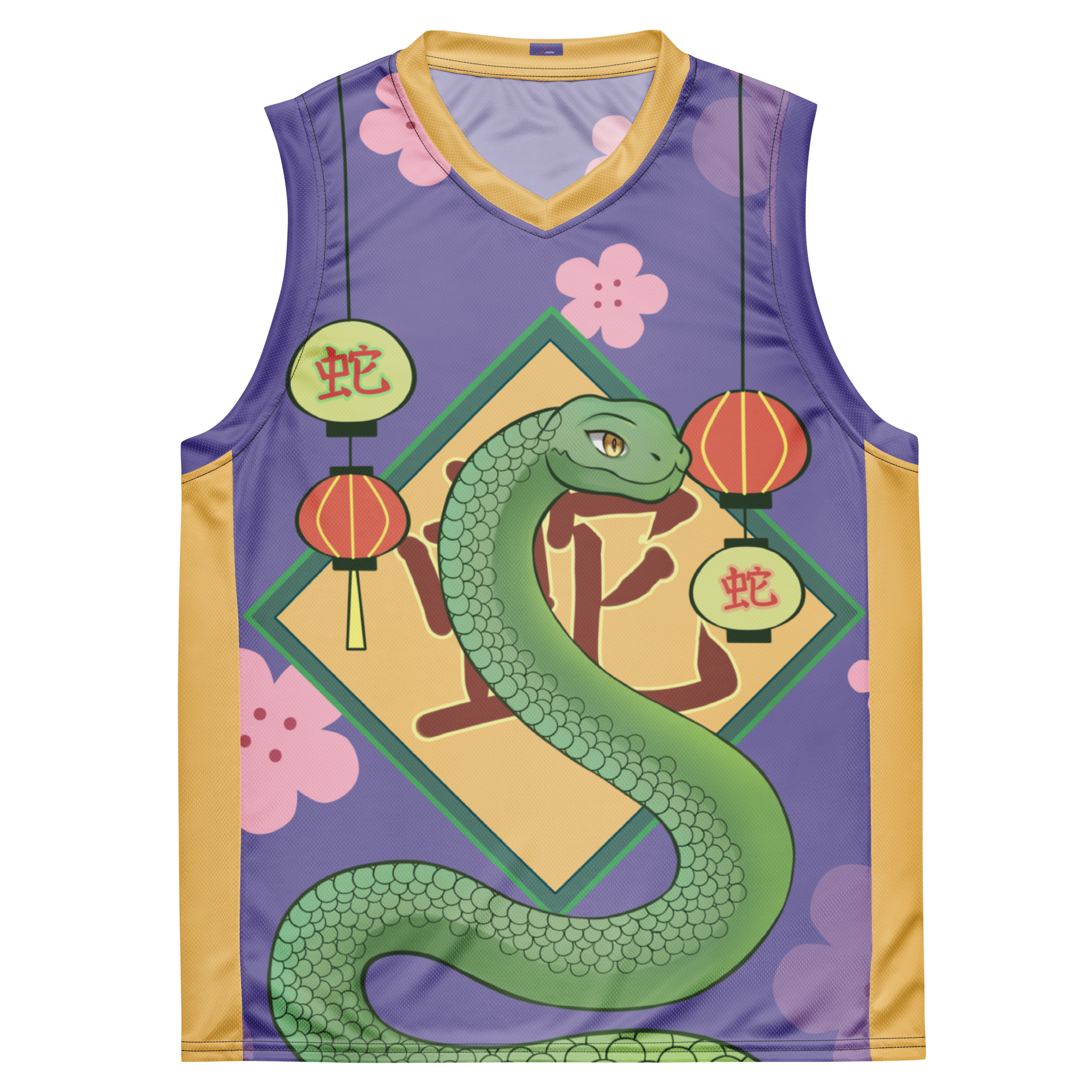
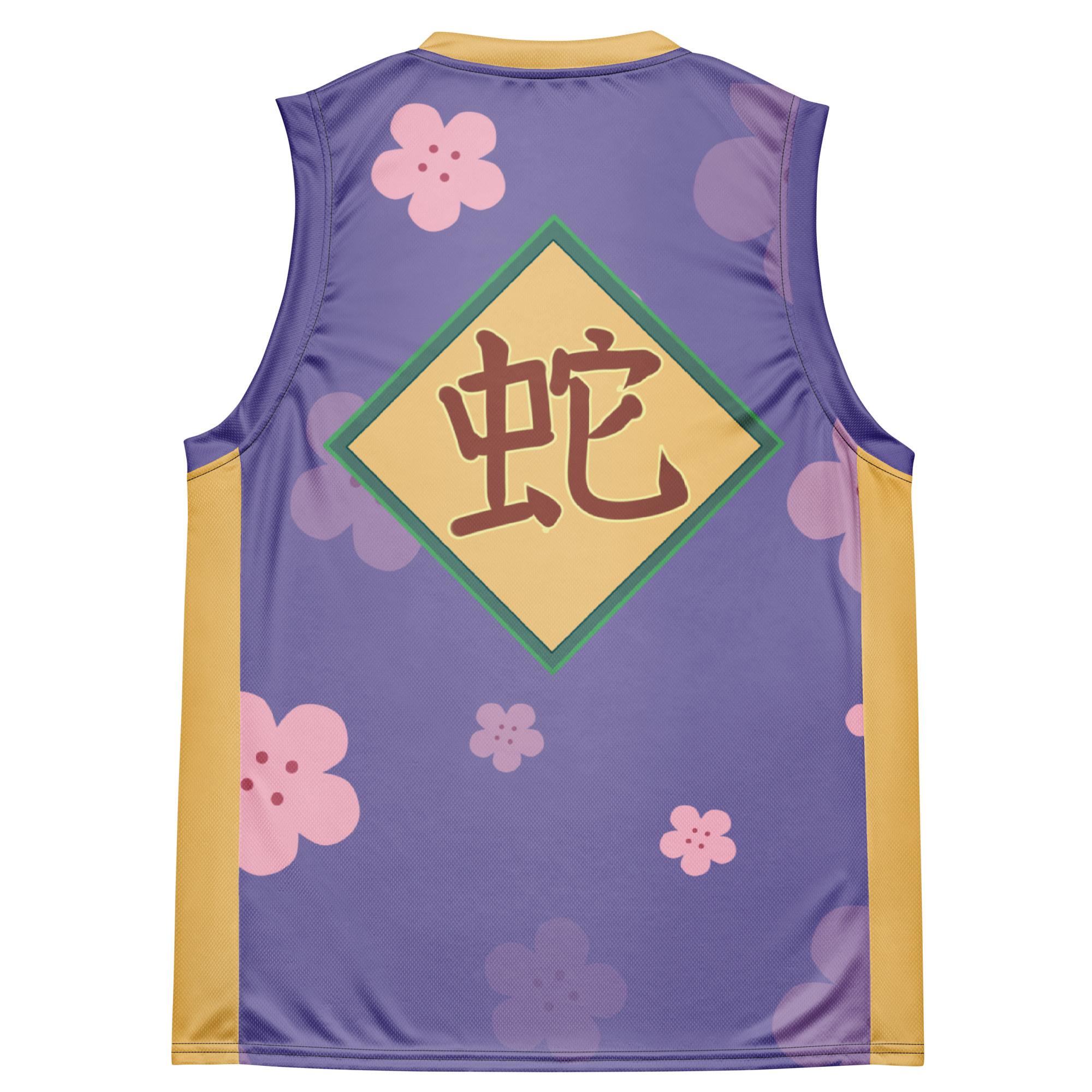
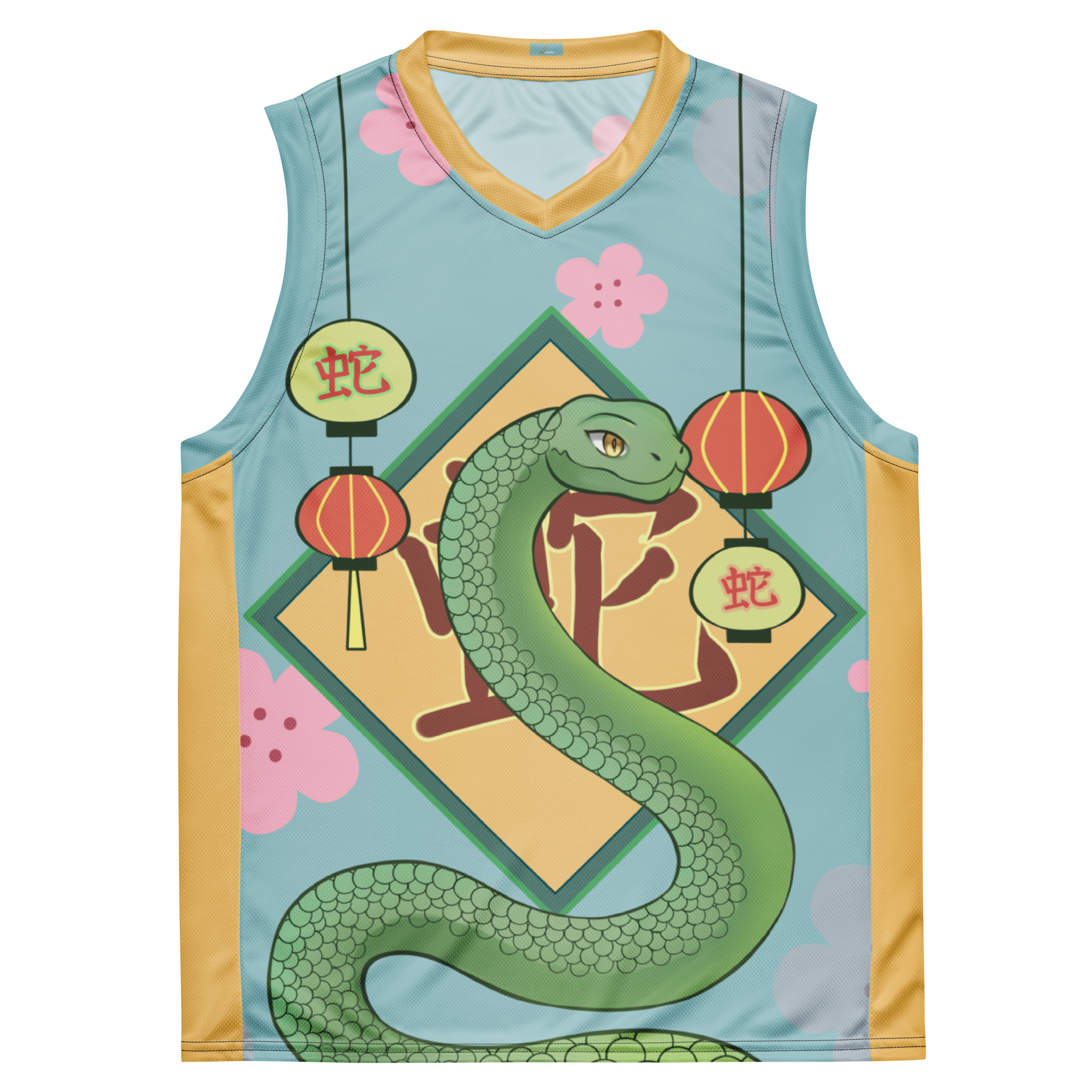
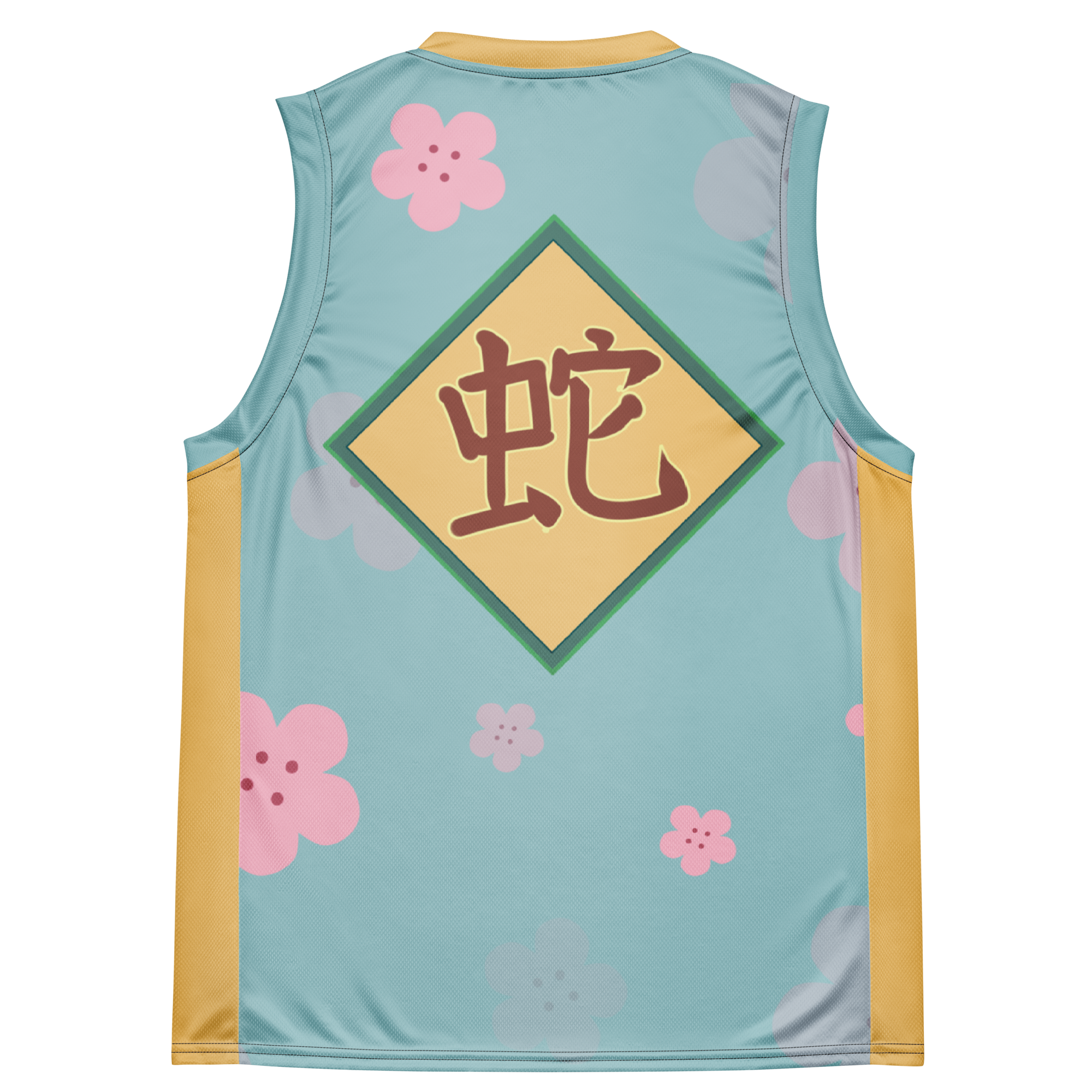
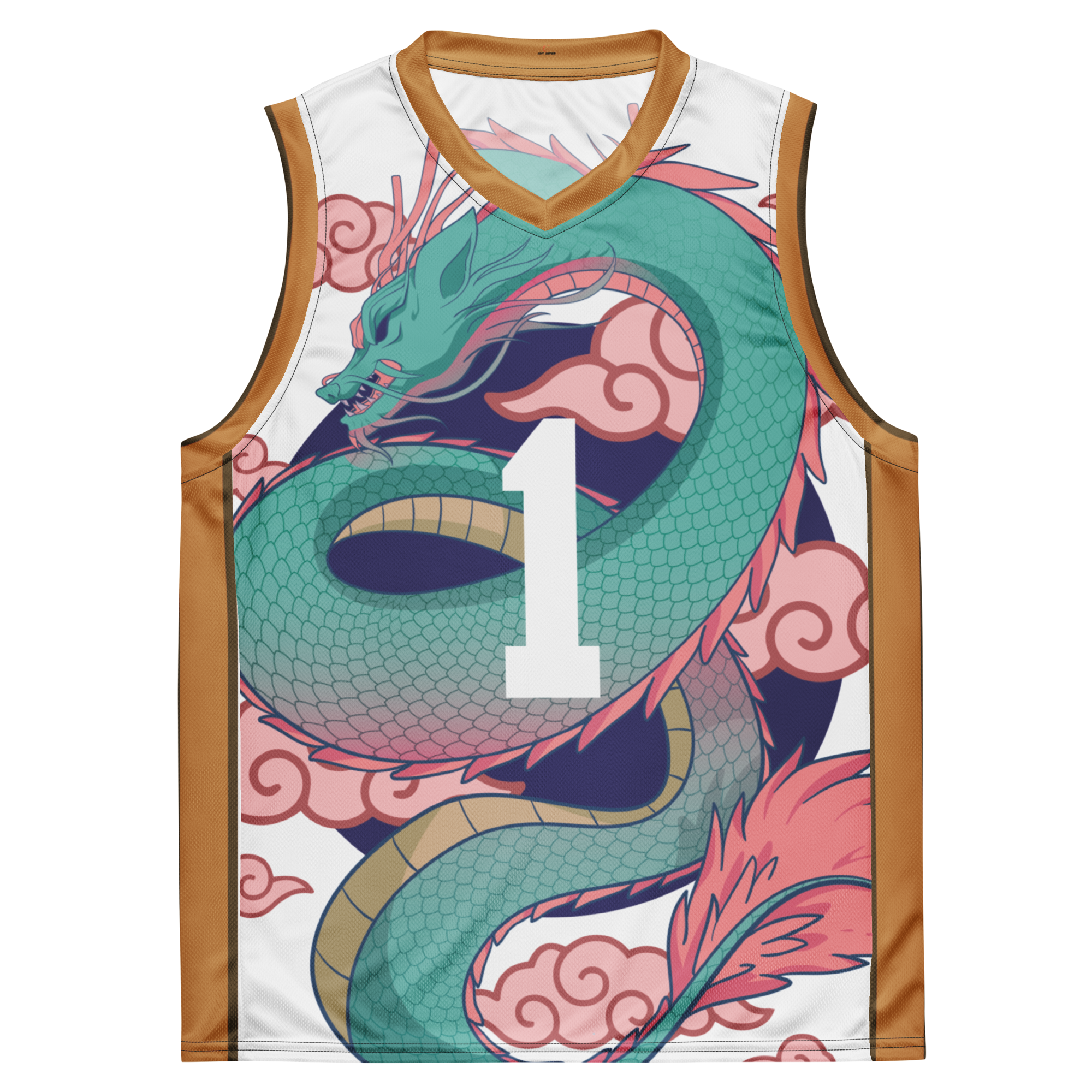

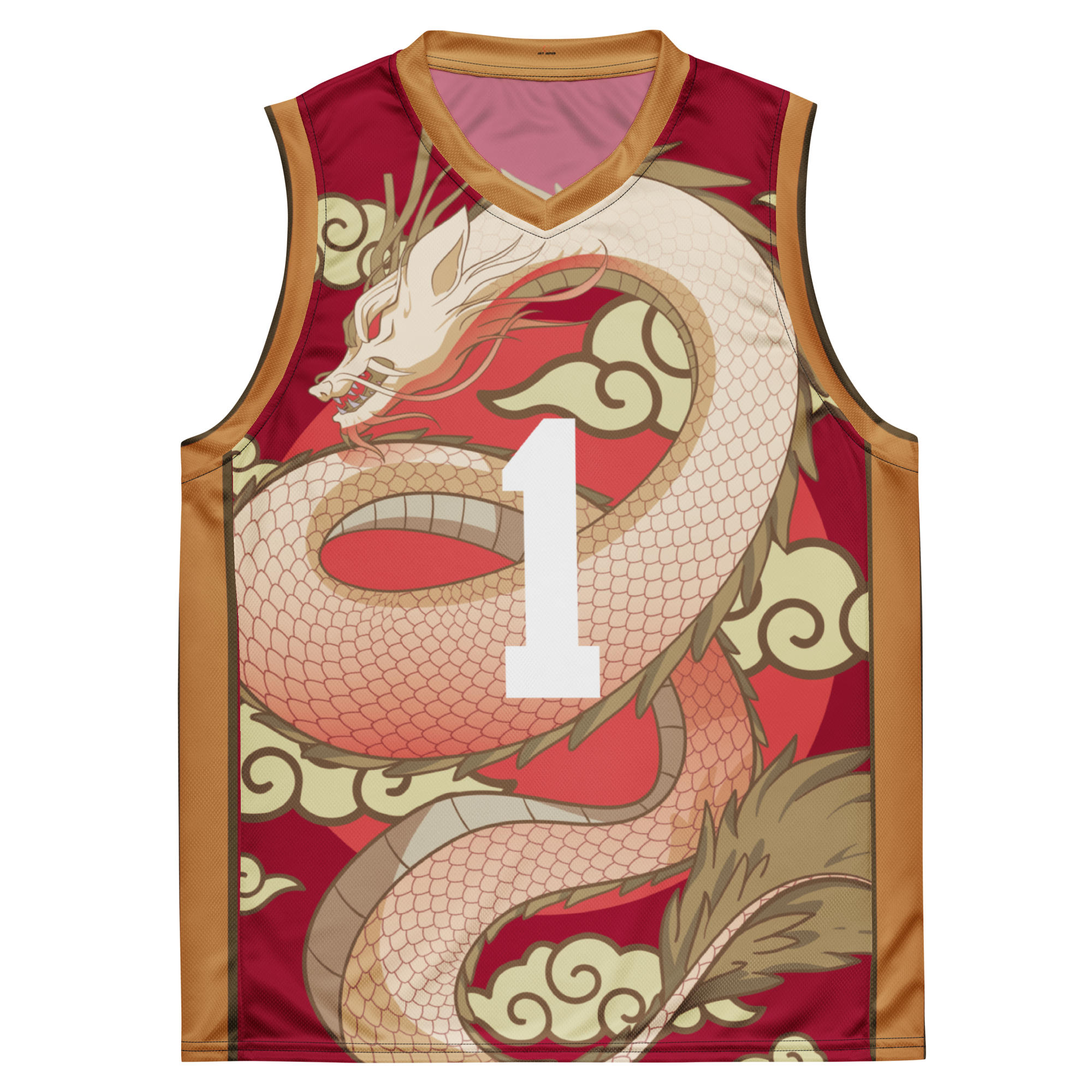









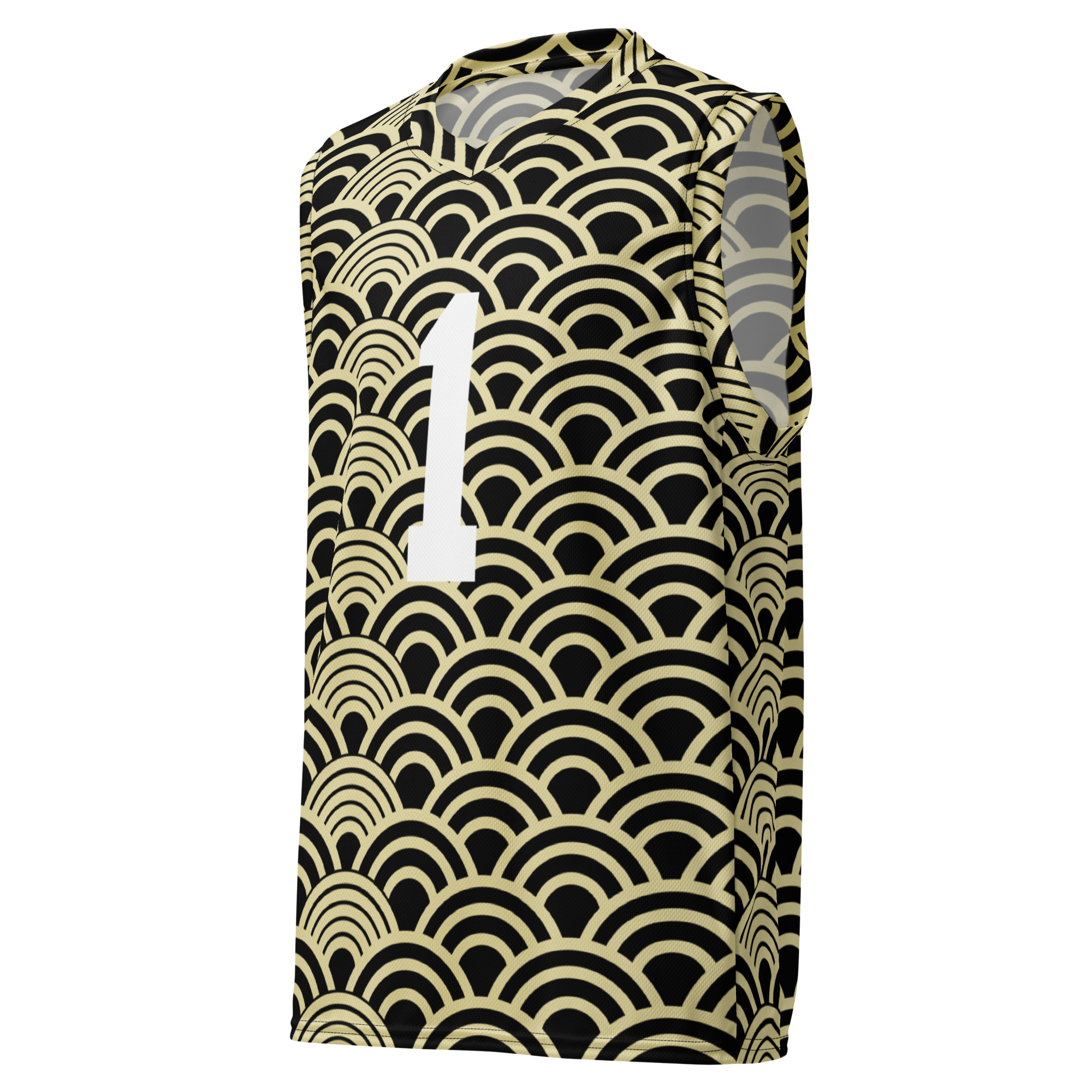
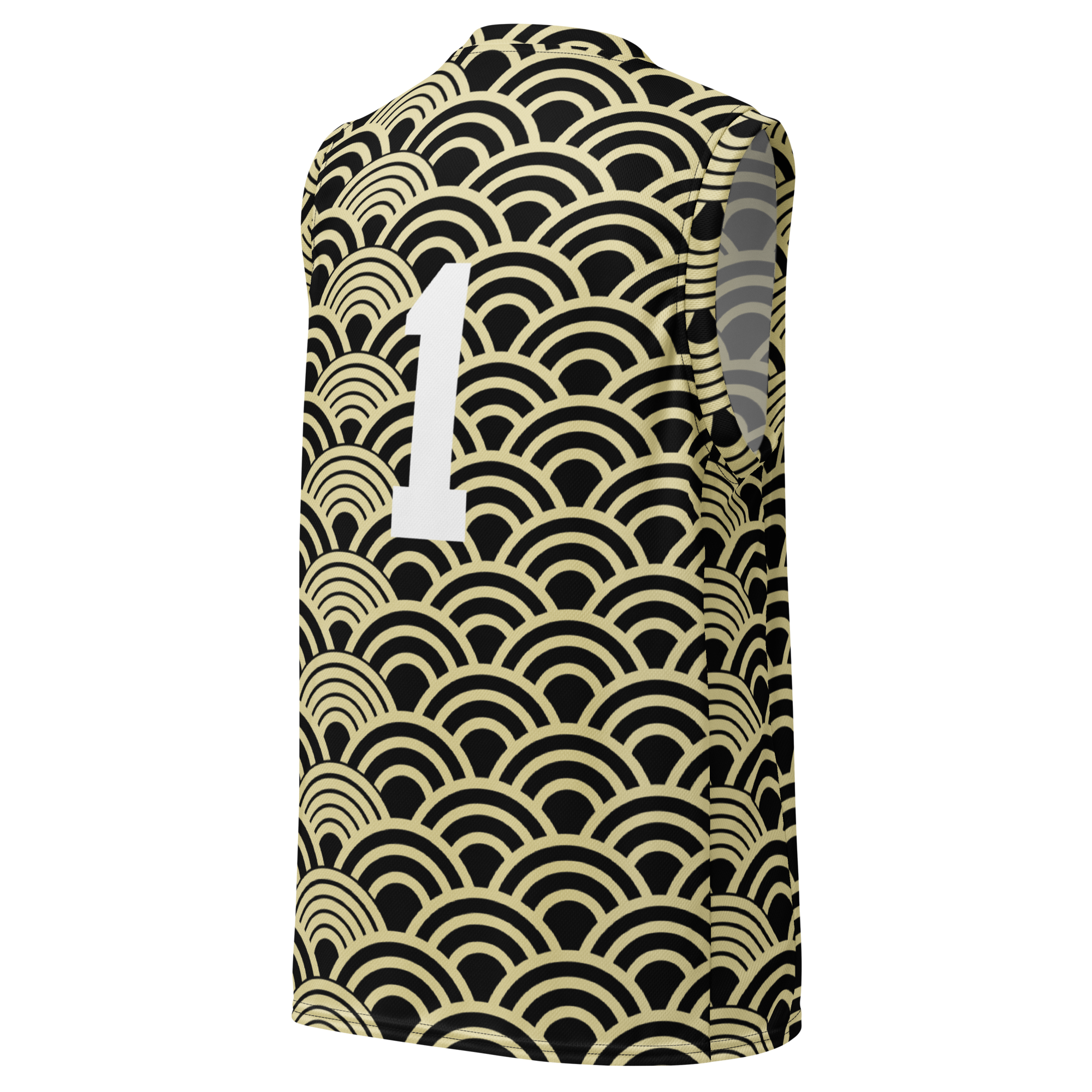
Dejar un comentario